
Season Greetings to all🎄, In this volume we are showing you some shocking images🔌...I mean it.

What is a Transformer?
Let's talk about transformers...not the kind battling it out in Hollywood blockbusters, but the ones that quietly keep your electrical systems running smoothly.
Electrical transformers don't turn into robots, but they do transform voltage levels, stepping them up or down to make sure your equipment gets just the right amount of power.
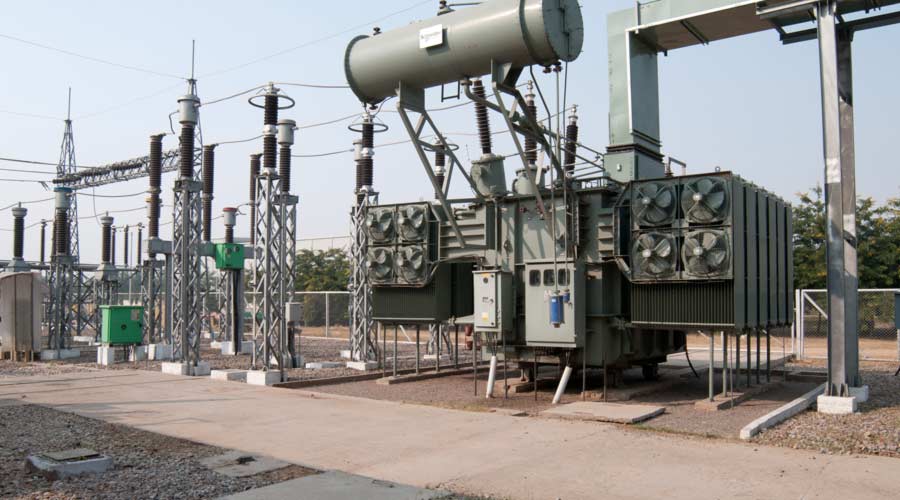 📷 - Westline Electrical
📷 - Westline Electrical
How Does a Transformer Work?
A transformer transfers electrical energy between two coils of wire-called windings-using a magnetic field. The magic happens with the number of turns in these windings. When the secondary winding has more turns than the primary, you've got a step-up transformer, boosting the voltage. Fewer turns in the secondary winding? That's a step-down transformer, lowering the voltage. Simple, but critical for keeping power flowing efficiently!
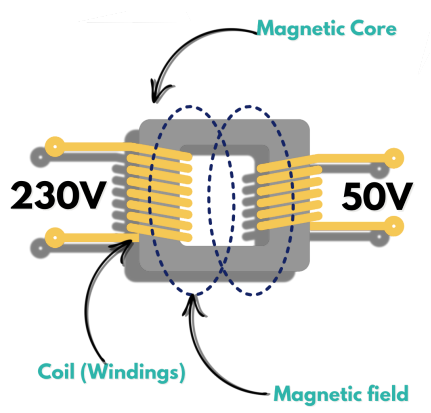
To go a step deeper the coils are broken down into a "Primary Winding" and a "Secondary Winding". When electricity flows through the primary winding, it generates a magnetic field.
Primary & Secondary Windings

Magnetic Core & Electromagnetic Induction
The windings are wrapped around a magnetic core-typically made of iron or steel-which amplifies the magnetic field and channels it between the primary and secondary windings. This design ensures efficient energy transfer and keeps the transformer operating smoothly.
When AC flows through the primary winding, it creates a fluctuating magnetic field. This changing field then induces a voltage in the secondary winding, with the amount of voltage depending on the turn ratio between the two windings.
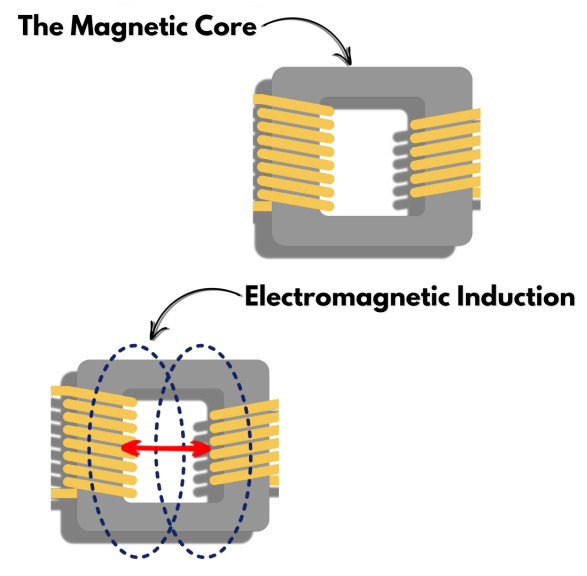
Why Transformers Don't Work with D.C.
A transformer relies on the principle of a changing magnetic field to induce a voltage in a coil. With AC, the current constantly shifts direction, creating a fluctuating magnetic field. This is what allows voltage to be induced in the secondary winding. On the other hand, D.C. provides a steady current, generating a static magnetic field-meaning no voltage is induced in the secondary winding of a transformer.
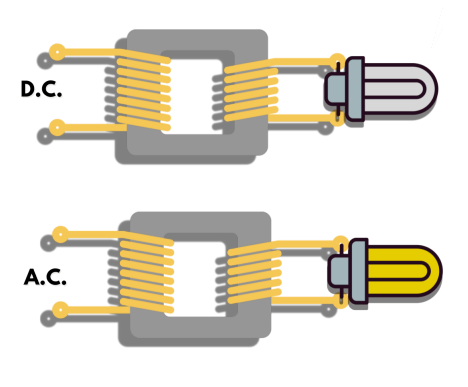


Ever wondered where your biggest energy drains are?🤨
Electricity costs rising but unsure what is causing the rise?📈
Chauvin Arnoux a trusted name in the test instrument industry offer a tool that will revolutionize your approach to energy management.
Whether you're in a factory or a building, the PEL51 is your go-to for precise submetering on single-phase systems where it counts. Knowing exactly where and how much energy you're using has never been more critical.
The PEL51 makes it simple-recording every detail with time/date stamps so you can measure your savings with pinpoint accuracy. Backed by their 130 years of expertise, the PEL51 isn't just another tool-it's your key to unlocking real, measurable energy savings.
Use code WATTSUP25 for an exclusive 25% discount on the product
For a true breakdown of the device check out this YouTube Video
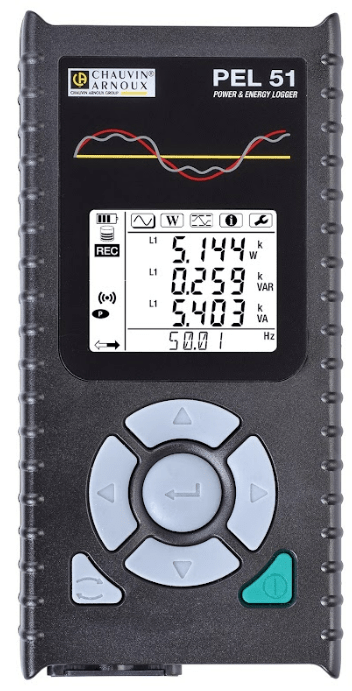 Purchase Today!
Purchase Today!
See more info about this tool & many more test tools as Jimbo The Electrician breaks down what his go-to test equipment is!
 Watch Now
Watch Now

Below are some images sent in by you and shared within the wider electrical community...
Kitchen Fitter 1, Electrician
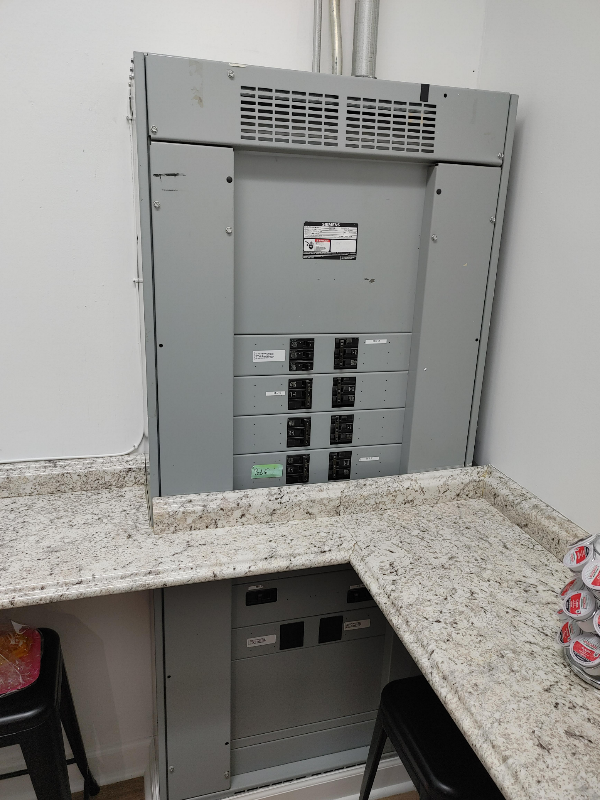 Reddit /electricians
Reddit /electricians
When The H&S Officer Goes a Little Overboard
 Reddit /electricians
Reddit /electricians
Now I'm Amped Up About This One...
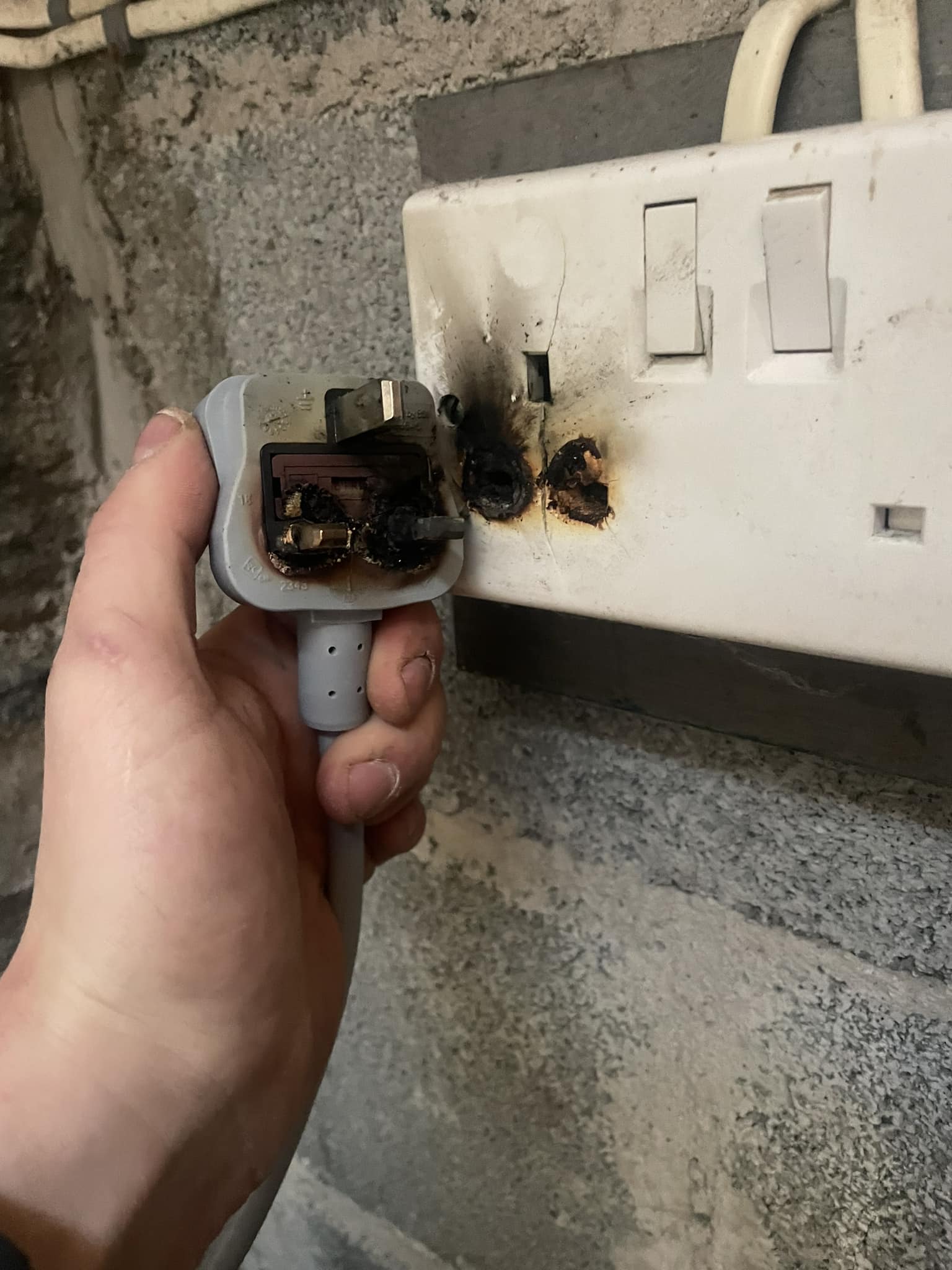 Derek Williams
Derek Williams

One thing we often overlook as electricians is the importance of mastering the basics. Below is a quick reference guide, designed to be easily screenshotted, to help you stay sharp on the fundamentals.


Whether it's an old wives' tale passed down on job sites or outdated knowledge from decades ago, myths about electrical work can be misleading-and sometimes downright dangerous. In this section, we're flipping the switch on the most common myths, separating fact from fiction.
"Electricity Always Takes the Path of Least Resistance"
Electricity takes all available paths proportionally. It will flow through all connected circuits, while the majority of the current will travel through the path of least resistance, other paths with higher resistance also carry current.
"You Can't Get Electrocuted if the Power Is Off"
Even when the circuit is off, capacitors or other stored energy sources can hold a charge and deliver a shock at any time. Additionally, mistakes in wiring can leave circuits live...
Always Knock Off > Lock Off > Prove > Test > Prove
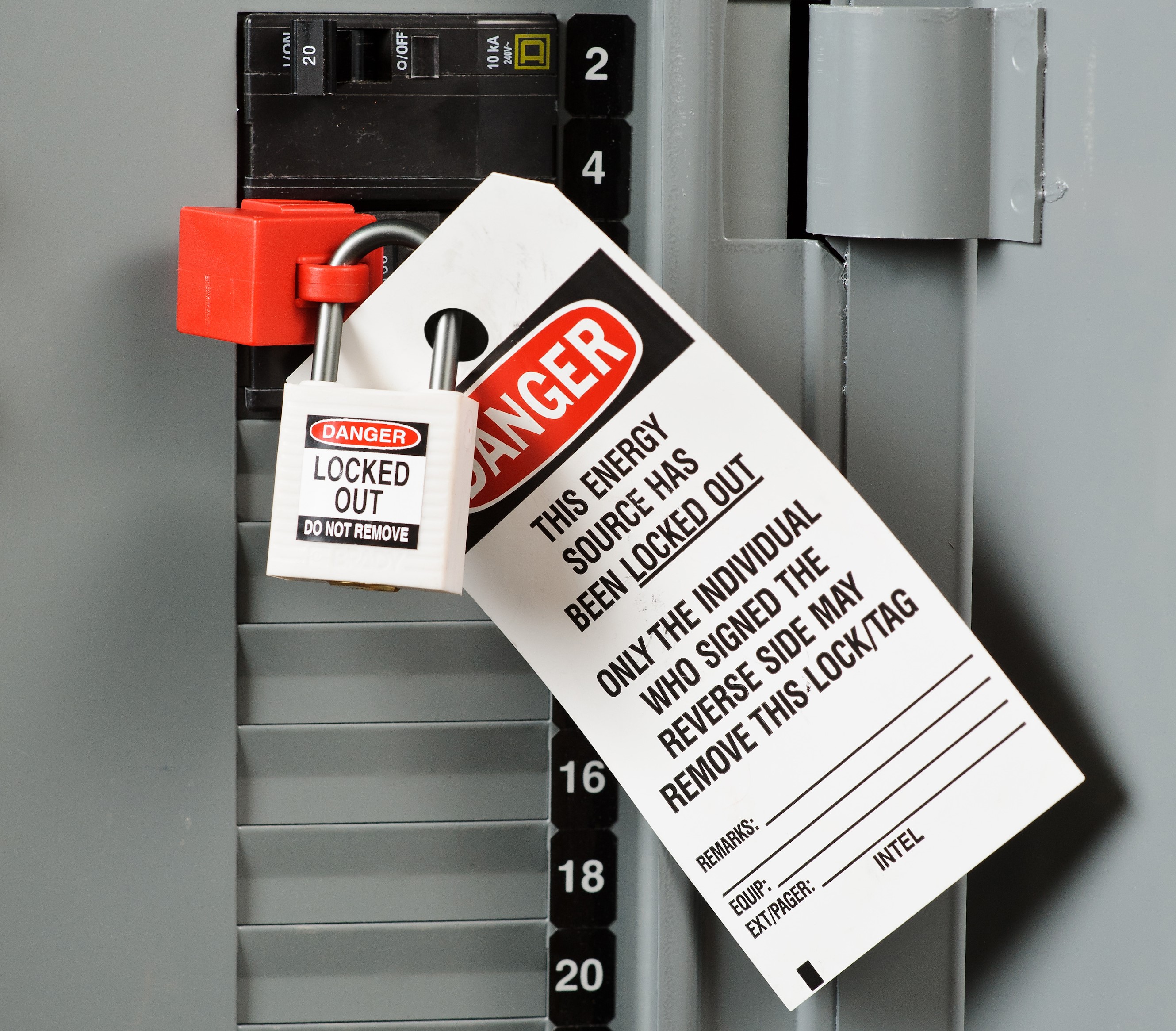 📷 - Brady
📷 - Brady
"Copper Is Always the Best Conductor"
Silver is a better conductor than copper, and so is gold. The cost makes it impractical for most electrical uses, for a perspective
- Copper Per Kilo = £8.89
- Silver Per Kilo = £575.61
- Gold Per Kilo = £67,140
Gold is 7,552x more expensive than copper, can you imagine pricing a job with gold cable...That's why we use copper.
"Static Electricity Can't Cause Real Harm"
While most static shocks are harmless, static electricity can ignite flammable gases or vapours, leading to explosions in certain environments, like industrial settings or near fuel tanks, that is why there are "no mobile devices" signs around petrol stations.


If you are interested in becoming a sponsor of the newsletter or want to be featured like Mark above please don't hesitate to reach out. Link to contact us below
Contact us here!The material and information contained in this newsletter is for informational purpose only, you should not rely upon the material or information on this newsletter, all readers must make their own judgment and seek professional advice when making decisions based on the context of the newsletter